Part of a series of articles titled Teaching Engaged Citizenship.
Article
(H)our History Lesson: Teaching Engaged Citizenship, Voting Rights

LBME3-037a, Lane Brothers Commercial Photographers Photographic Collection, 1920-1976. Photographic Collection, Special Collections and Archives, Georgia State University Library.
http://digitalcollections.library.gsu.edu/cdm/ref/collection/lane/id/1580
This lesson was written by Talia Brenner and edited by Katie McCarthy.
Grade Level:
This lesson is intended for middle school learners but can easily be adapted for use by learners of all ages.
Lesson Objectives:
Learners will be able to...
-
Understand the reasons why some people do not or cannot vote.
-
Research barriers to voting in their communities.
-
Explore ways in which to increase voter turn out
-
Cite specific textual evidence to support their analysis of primary sources.
Inquiry Question:
What is happening in this photo? How is it different from how we vote today?
Reading:
Voting rights are an ongoing fight in the United States. Some present-day debates about voting rights are the continuation of centuries-long struggles. Others are a result of new technologies and crises in the United States.
For instance, the COVID-19 pandemic presented huge challenges for voting, just as it did for many processes in U.S. society. In Activity 1, students can explore how their state, district, or territory managed voting during the COVID-19 pandemic. Yet even outside the pandemic, there are problems with the ease and accessibility of voting. Many people who are legally allowed to vote do not do so because of a variety of reasons. These include long wait times at polling places, not being registered to vote, or not being able to travel to polling places on Election Day. Voting rights advocates have suggested many ways to fix these issues and increase voter turnout. Students can explore these proposals, their popularity, and their effectiveness in Activity 2.
Activities:
In each of the following activities, learners research impediments to voting and how to increase voter turnout. Educators should choose one of the follow to complete with their participants.
Activity 1: Voting Rights in the COVID-19 Pandemic
Have participants research their state, district, or territory’s policies regarding voting during the COVID-19 pandemic. Ensure that participants use credible online sources. Questions to research include:
-
Can all voters get a mail-in ballot?
-
How do voters make sure they get a mail-in ballot?
-
How are mail-in ballots verified?
-
Are there in-person polling places?
-
What are the safety precautions at in-person polling places?
After participants have researched these questions, have them reflect on the following questions:
-
Which groups of people would have an easiest time voting and getting their votes counted?
-
Which groups of people would have the hardest time voting and getting their votes counted?
-
In general, are these COVID-19 voting rules helpful or harmful to voting rights?
-
Of any rules that are helpful, which ones do you believe are the most important to preserve?
-
Of any rules that are harmful, which ones do you believe are the most important to change? How do you think those rules should be changed?
To make this an action-oriented activity, have learners contact the individuals who make election laws for their state, district, or territory to share their views on the election rules during the COVID-19 pandemic. The officials to contact will vary based on your location, but usually includes representatives in the state legislature, the secretary of state or commonwealth, and the governor. Participants could write an email, letter, or script for a phone call expressing their views, making sure to specify which rules they believe should be preserved or changed. Participants could even make templates for other people in their area to contact the same officials. They could circulate the templates via social media, email, or mail.
Activity 2: How to Improve Voter Turnout
Ask learners to guess the percentage of eligible voters in their state, territory, county, or city who voted in the last election. They will most likely be surprised by how low the number is! As a group, brainstorm reasons that eligible voters would not vote. Explain to participants that while voter apathy is a factor, many voting procedures also prevent or discourage people from voting.
Have learners work individually or in small groups to research a proposed change to the election process that is intended to increase voter turnout. Options include:
-
Same-day voter registration
-
Automatic voter registration
-
Making election day a holiday
-
No-excuse early voting
-
Requiring a minimum numbers of polling places
-
No-excuse absentee voting
-
All-mail voting
Using credible online sources, participants should research answers to the following questions:
-
How does this proposal change the voting process?
-
Where in the United States, if anywhere, is it currently in use?
-
According to its supporters, how would it increase voter turnout? (One way to think of this question is: what barriers in the voting process does it remove?)
-
What evidence is there for its effectiveness in increasing voter turnout? How strong is this evidence?
Have learners create a brief video, infographic, or listicle to educate a general audience on this proposed change. Remind participants to only include the most important information and to explain concepts that some people may not understand. As a follow-up activity, students could circulate their projects online to educate others in their school or larger community.
Wrap-up:
-
What is something interesting you learned in your research? Why do you think that thing happened or is occurring the way it is?
-
What does learning about voting rights making you want to learn more about?
-
How do barriers to voting affect those in your community?
Additional Resources:
National Archives
The National Archives’ lesson plans include a lesson on the 19th Amendment and a lesson on the Voting Rights Act of 1965, both for middle/high school students.
The Archives’ DocsTeach program has activities about the 19th Amendment and the 26th Amendment, both for high school students.
Voting Rights in U.S. History
-
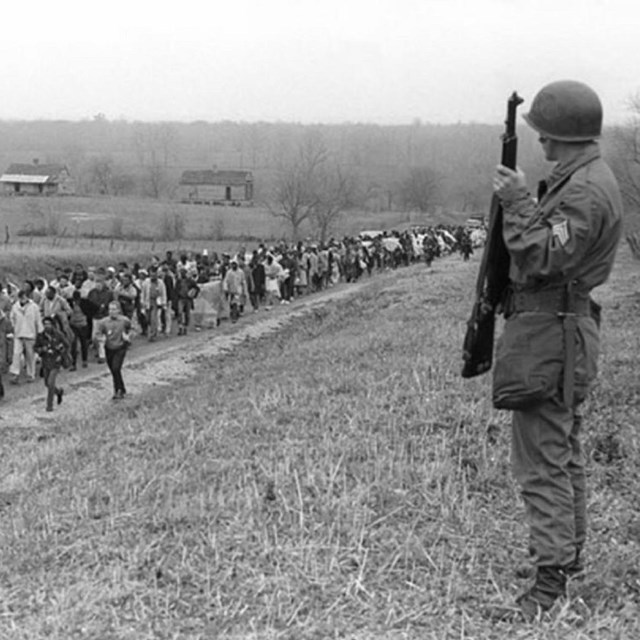 The Selma to Montgomery March
The Selma to Montgomery MarchLearn how people in Selma, Alabama worked together to end the unconstitutional denial of voting rights to African Americans.
-
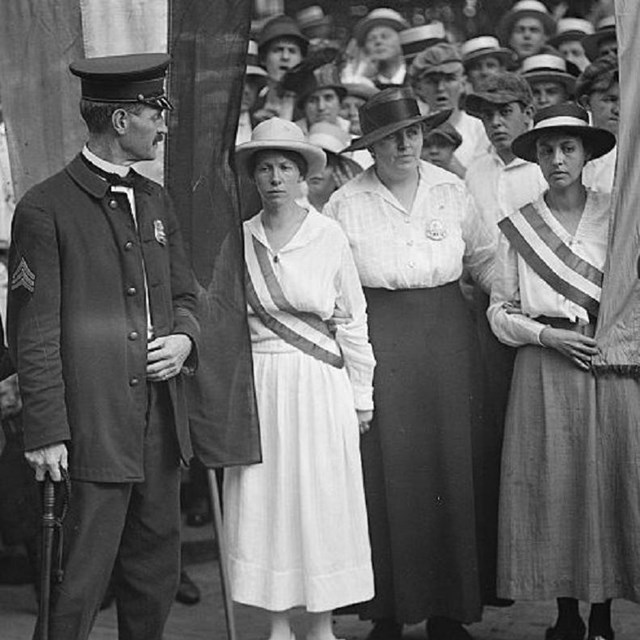 Lafayette Park
Lafayette ParkLearn how a group of determined women selected Lafayette Park, across from the White House, to demonstrate for their right to vote.
-
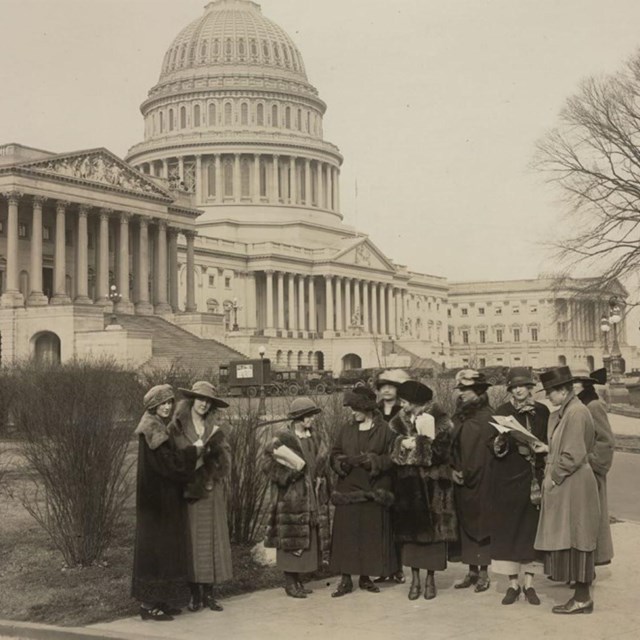 The Sewall-Belmont House
The Sewall-Belmont HouseLearn about how American women organized to increase their political rights in the 20th century.
-
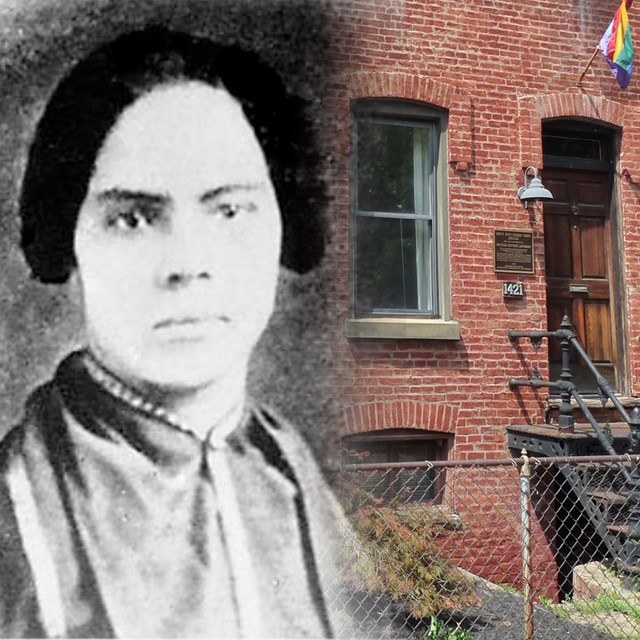 The Mary Ann Shadd Cary House
The Mary Ann Shadd Cary HouseLearn how activist, journalist, and lawyer Mary Ann Shadd Cary worked to bring new opportunities for African Americans freedom seekers.
-
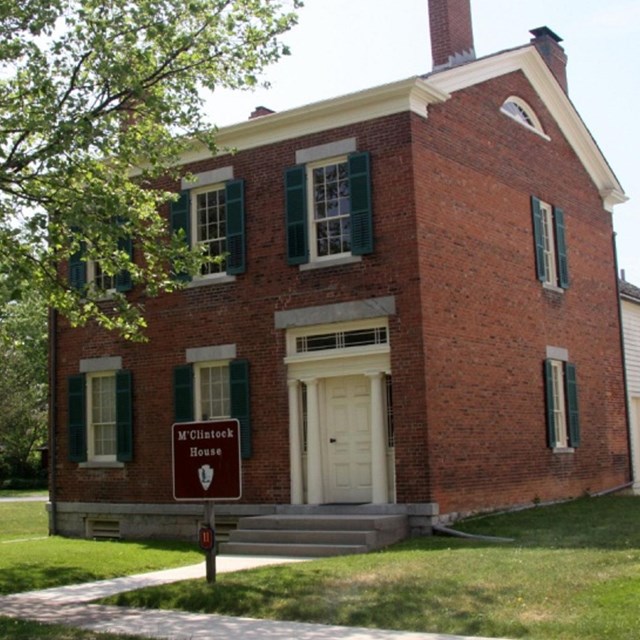 The M'Clintock House
The M'Clintock HouseExplores the 1848 Seneca Falls Convention, where women made demands for equality.
-
 The Mary McLeod Bethune Council House
The Mary McLeod Bethune Council HouseLearn about Mary McLeod Bethune and how she promoted political and social change for African American women.
-
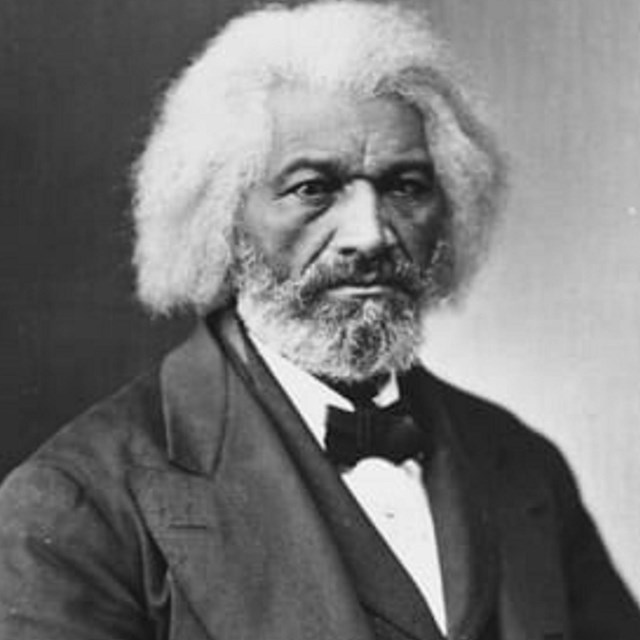 The Homes of Frederick Douglass
The Homes of Frederick DouglassLearn about the life of Frederick Douglass and his role advising Abraham Lincoln.
-
 Clara Barton's House
Clara Barton's HouseFollow Barton's career as a leader of charitable causes, from caring for the wounded on Civil War battlefields to founding the Red Cross.
-
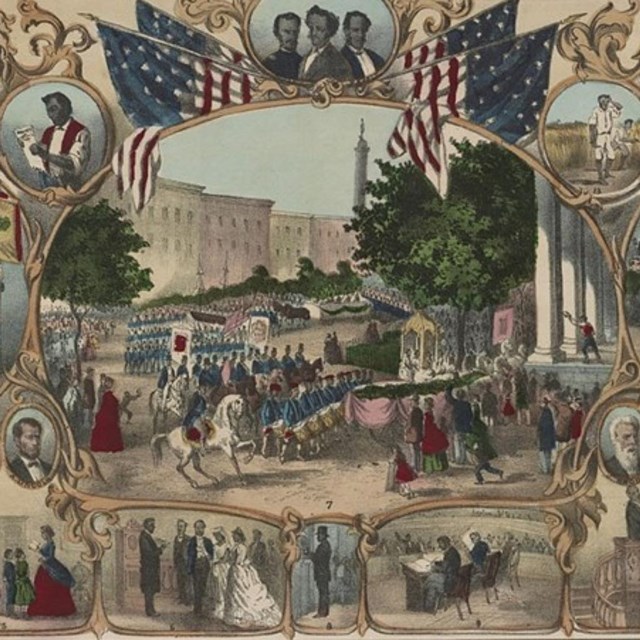 Suffrage in America
Suffrage in AmericaDiscover the 15th and 19th Amendments and the connection between them.
Last updated: July 31, 2023
